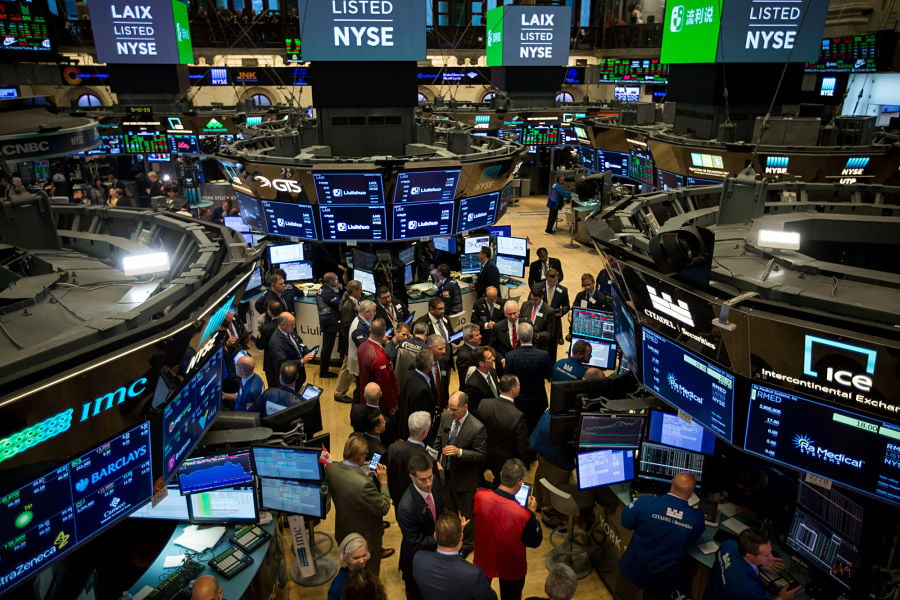

The S&P 500 sank the most since December 2008, the Dow Jones Industrial Average tumbled 2,000 points and small caps lost more than 9% as investors fled risk assets with virus cases surging and the Trump administration so far unwilling to step in to soften the expected economic blow.
In a dramatic day across assets globally, all but nine S&P 500 companies were lower Monday, with energy producers routed by 20%. Exxon Mobil and Chevron were down more than 12%. Banks lost 11%, with an ETF that tracks regional banks had for its worst day since 2009. Apple sank 7.9% and Dow Chemical plunged 22%.
“The market was poised and vulnerable to this volatility and crude oil has just exacerbated it,” said Randy Frederick, vice president of trading and derivatives for Schwab Center for Financial Research. “The coronavirus itself has been the main cause of the correction, but now it’s being exaggerated even further.”
President Donald Trump and his economic team will weigh measures later Monday to contain the fallout from coronavirus and a sudden crash in oil prices, with funding for a temporary expansion of paid sick leave and aid for battered U.S. energy producers among possible steps.
“When there’s panic, there tends not to be accurate pricing of assets,” said Kristina Hooper, Invesco’s chief global market strategist. “The sell-off today to me is emblematic of that. It really is a knee-jerk reaction to what’s happened over the weekend."

Carson is expanding one of its relationships in Florida while Lido Advisors adds an $870 million practice in Silicon Valley.

The approval of the pay proposal, which handsomely compensates its CEO and president, bolsters claims that big payouts are a must in the war to retain leadership.

Integrated Partners is adding a husband-wife tandem to its network in Missouri as Kestra onboards a father-son advisor duo from UBS.

Futures indicate stocks will build on Tuesday's rally.

Cost of living still tops concerns about negative impacts on personal finances
RIAs face rising regulatory pressure in 2025. Forward-looking firms are responding with embedded technology, not more paperwork.
As inheritances are set to reshape client portfolios and next-gen heirs demand digital-first experiences, firms are retooling their wealth tech stacks and succession models in real time.
